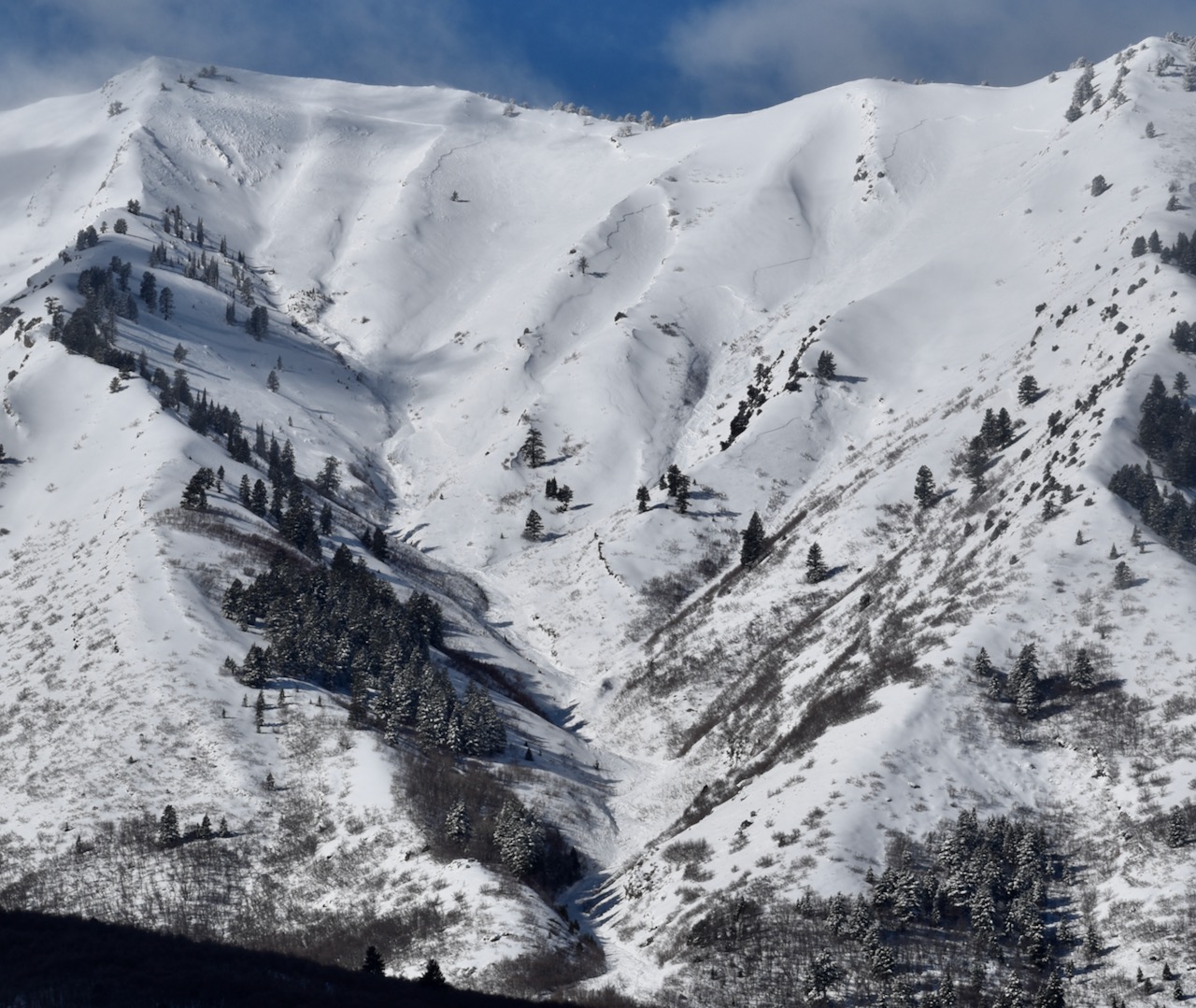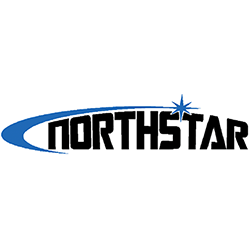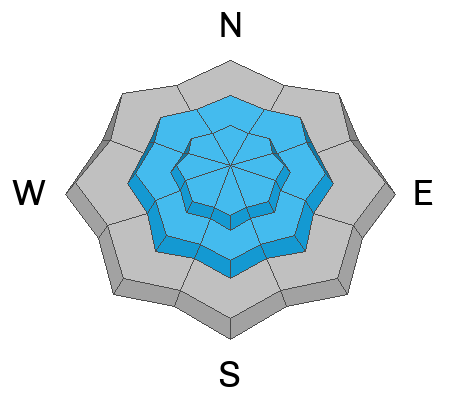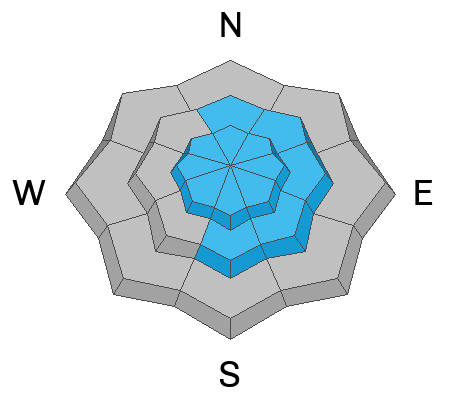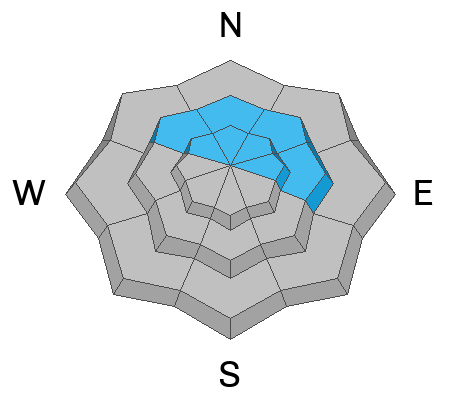Forecast for the Logan Area Mountains

Issued by Paige Pagnucco on
Sunday morning, February 16, 2025
Sunday morning, February 16, 2025
The avalanche danger is HIGH on upper-elevation slopes. Heavy snowfall and drifting by strong winds have created very dangerous avalanche conditions, and natural and human-triggered avalanches are very likely on slopes steeper than 30°. You'll find CONSIDERABLE danger in mid-elevation terrain where human-triggered avalanches are likely. A MODERATE danger exists at low elevations, where human-triggered avalanches are possible.
- People should avoid travel in avalanche terrain and avoid avalanche runouts, especially in and below upper-elevation terrain.
- The avalanche danger is complex; safe terrain choices are your best bet today.
- You'll find excellent deep powder riding conditions in low-angle terrain and meadows.
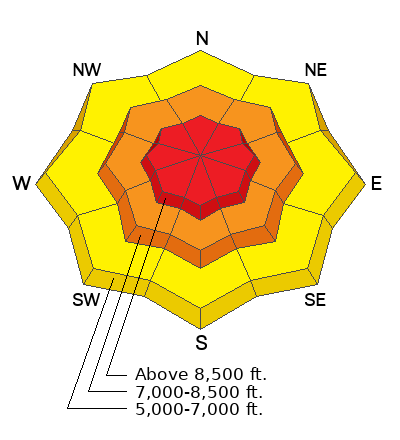
Low
Moderate
Considerable
High
Extreme
Learn how to read the forecast here



